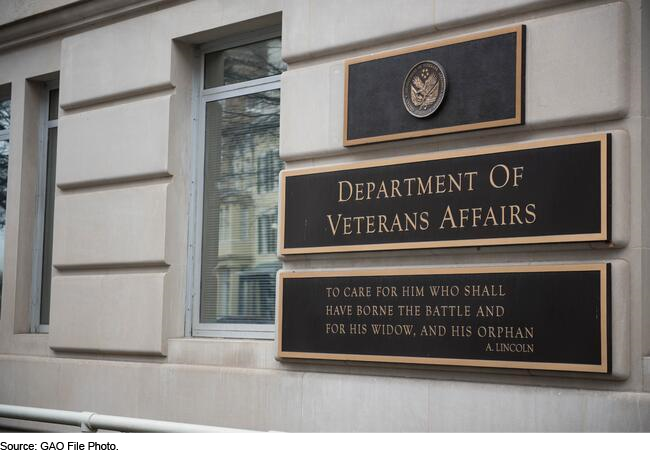Senior Women Web
If You're Looking For A Link To the Mueller Report, Look No Further
Editor's Note:
We're not downloading the entire Mueller report, but here is the Justice Department URL to read the report at:
Report On the Investigation Into Russian Interference In The 2016 Election, Vol I and II; Special Counsel Robert S. Mueller, III
https://www.justice.gov/storage/report.pdf?_ga=2.80421777.744576135.1555603755-461170982.1555603755
Mueller received the following military awards and decorations:
 |
 |
 |
 |
||||
 GAO Report On Air Travel and Communicable Diseases: Federal Leadership Needed to Advance Research
GAO Report On Air Travel and Communicable Diseases: Federal Leadership Needed to Advance Research
"Concerns about air travel's role in disease transmission have intensified during the COVID-19 pandemic. Researchers have examined how factors like aircraft boarding methods affect the exposure risk of passengers and crew members. However, stakeholders said more research involving real-world situations and human behavior is needed and could guide actions to protect public health. Stakeholders noted a lack of federal leadership to advance such research. Congress should consider directing FAA to develop and implement a strategy for research on communicable diseases in air travel, in coordination with other federal agencies and external partners." more »
 Kaiser Health News Research Roundup: Pan-Coronavirus Vaccine; Long Covid; Supplemental Vitamin D; Cell Movement
Kaiser Health News Research Roundup: Pan-Coronavirus Vaccine; Long Covid; Supplemental Vitamin D; Cell Movement
"In an ancillary study of the Vitamin D and Omega-3 Trial (VITAL), we tested whether supplemental vitamin D3 would result in a lower risk of fractures than placebo." 'CONCLUSIONS: Vitamin D3 supplementation did not result in a significantly lower risk of fractures than placebo among generally healthy midlife and older adults who were not selected for vitamin D deficiency, low bone mass, or osteoporosis." more »
 GAO Report: Sexual Harassment: Opportunities Remain for VA to Improve Program Structure, Policies, and Data Collection
GAO Report: Sexual Harassment: Opportunities Remain for VA to Improve Program Structure, Policies, and Data Collection
Sexual harassment in the workplace can cause harmful psychological, physical, occupational, and economic effects for workers. Several federal laws, executive orders, and agency directives are aimed at preventing and addressing sexual harassment at federal agencies. GAO issued a June 2020 report (GAO-20-387) that reviewed VA's efforts to prevent and address sexual harassment at the agency. In this report, GAO made seven recommendations. This testimony discusses VA's efforts to implement GAO's recommendations to 1) ensure VA's EEO structure is properly aligned; 2) improve the agency's policies to prevent and address sexual harassment of VA employees; 3) collect and analyze data to inform VA about sexual harassment of its employees; and 4) improve relevant training. more »
 “Few rights are more central to individual freedom than the right to control one’s own body. The Justice Department will use every tool at our disposal to protect reproductive freedom."
“Few rights are more central to individual freedom than the right to control one’s own body. The Justice Department will use every tool at our disposal to protect reproductive freedom."
Among other responsibilities, the Task Force will monitor and evaluate all state and local legislation, regulations, and enforcement actions that threaten to:
Infringe on federal legal protections relating to the provision or pursuit of reproductive care;
Impair women’s ability to seek reproductive care in states where it is legal;
Impair individuals’ ability to inform and counsel each other about the reproductive care that is available in other states;
Ban Mifepristone based on disagreement with the FDA’s expert judgment about its safety and efficacy; or
Impose criminal or civil liability on federal employees who provide reproductive health services in a manner authorized by federal law. more »







